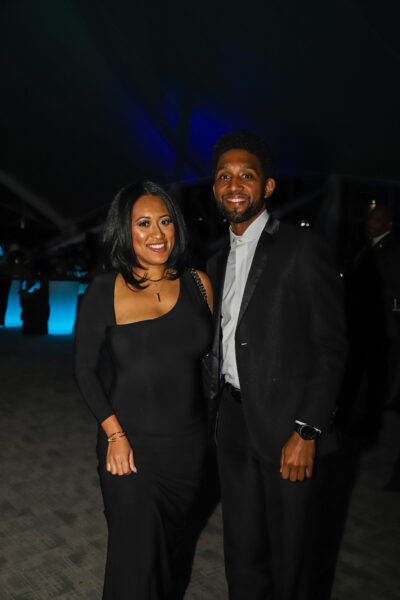In gathering stories from more than 80 women, Emily Rasowsky and the Women in Tech campaign highlight professional backgrounds that go beyond engineering and so-called “hard skills.”
The campaign was started to broaden the community in the face of a backlash over a profile of D.C.-based Social Driver, where Rasowsky works. The article featured interviews with six women, but was questioned because none of the women were engineers.
With the stories beyond her company, however, Rasowsky has also encountered reticence to be labelled a “woman in tech.” That led to a deeper question about what the term actually means.
Rasowsky talked about her work to “hack” the definition at Friday’s Google DevFest, organized by the Baltimore chapter of the Google Developers Group at the Maryland Center for Entrepreneurship in Columbia.
To begin to expand the definition even further, Rasowsky said it was necessary to rethink the individual concepts of technology and diversity that formed the bedrock of the community.
Instead of tech being focused around hard skills or electronics, it should be looked at as a “tool to help us live our lives better,” Rasowsky said. (The risk, of course, is pushing the definition to a point where it becomes meaningless.)
To make technology and diversity more approachable, she offered these three principles:
1. Spot Your Blinders
- Work to understand the views that inform your approach to tech and diversity. “Where do we have those internal biases that perhaps we don’t even realize?” Rasowsky said. There are also subconscious decisions to be aware of. Rasowsky used the example of a meetup organizer in D.C. who saw female participation rise by 30 percent after she became a leader. She didn’t set out to increase female membership, but there was a natural comfort that arose as a result of her role.
2. Reconstruct Constructs
- Understanding those biases can be used to shift understanding, instead of just inspiring guilt. Rasowsky said there’s a widely held belief that there is a “pipeline issue” for women and minorities in the tech industry. Often, however, hiring women and people of color is more a case of deciding to hire women and people of color, rather than a case of there being a lack of qualified candidates to hire. “It’s not just a pipeline problem, we see this time and time again,” Rasowsky said. Along with changing perceptions in hiring, looking at who the job is being marketed to and offering an inclusive work environment are other issues that can help create more diversity, Rasowsky said.
3. Promote the Positive
- The dismal stats associated with women in the tech industry create a lot of negativity. To keep the issue from seeming intractable, Rasowsky advocates efforts to tell the stories that highlight women who are not only successful in the technology field, but also doing things that broaden the definition. (Our “women in tech” tag is a great place to start.) Coming full circle, that’s what the Women in Tech campaign’s stories look to do.
Join the conversation!
Find news, events, jobs and people who share your interests on Technical.ly's open community Slack

Baltimore daily roundup: B-360's policy moves; a foundation's fight for financial inclusion; Digital Navigator training

Baltimore daily roundup: Johns Hopkins dedicates The Pava Center; Q1's VC outlook; Cal Ripken inaugurates youth STEM center

Baltimore daily roundup: Scenes from an epic Sneaker Ball; Backpack Healthcare in Google AI accelerator; local tech figures' podcast


